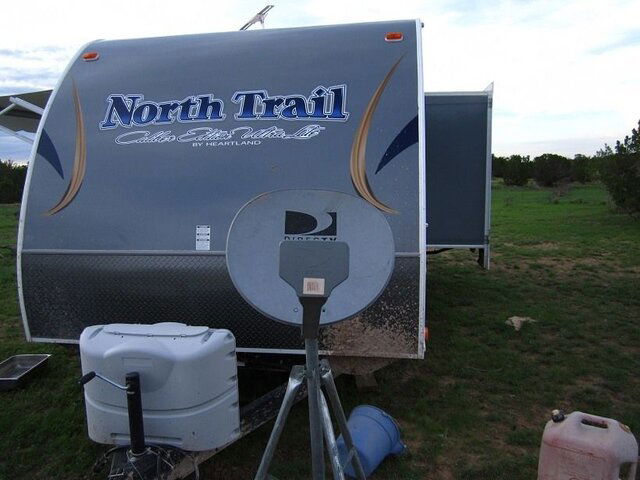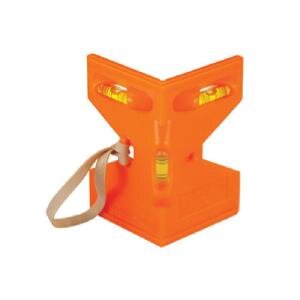FWIW, according to the channel lineup on the DIRECTV website, all the local channels that are carried by DIRECTV are available in HD. YMMV.But, it appears you need 119 for your locals so you should stick with the SWM5 for your tailgate setup.)
HD tailgating and transponder
- Thread starter brfan
- Start date
- Latest activity Latest activity:
- Replies 37
- Views 5K
You are using an out of date browser. It may not display this or other websites correctly.
You should upgrade or use an alternative browser.
You should upgrade or use an alternative browser.
- Status
- Please reply by conversation.
FWIW, according to the channel lineup on the DIRECTV website, all the local channels that are carried by DIRECTV are available in HD. YMMV.
Are you saying the Directv website claims all local channels in the US are in hd? Can you post a link to that?
If you have a SWM5 at home, your would be best served to have a SWM5 for your tailgating setup. (I have a SWM3 at home and a SWM5 on the road and the receiver switches back and forth automatically with no problem. But, it appears you need 119 for your locals so you should stick with the SWM5 for your tailgate setup.)
As long as they are both swm setups, switching back and forth is usually easy. It's when one is swm and one isn't that problems arise.
I'm speaking of the Murfreesboro channels that DIRECTV carries.Are you saying the Directv website claims all local channels in the US are in hd?
It took many posts to beat out of the TS what market they were in so I used that information and looked it up.
I have older HR21 receivers, so I am going to guess I have non-SWM?
HR21s connect to SWM fine, but your message when you hit "dash" indicates you don't have SWM.....
yes... in doing more research, it is apparent I have a non-SWM setup. That being said, this is the tailgate package I am going with. Please let me know if i am missing anything. Everyone has been a huge help!!
http://www.thesatelliteshop.net/dir...-for-tailgating-camping-dtvtgkit1-p-2153.html
http://www.thesatelliteshop.net/dir...-for-tailgating-camping-dtvtgkit1-p-2153.html
brfan,
The only thing I would add to what you are getting is a post level from Home Depot. Chip mentioned this on a thread some time ago and I bought one. It really makes getting the tripod post vertical much easier. The cost is about $6.
Bob
The only thing I would add to what you are getting is a post level from Home Depot. Chip mentioned this on a thread some time ago and I bought one. It really makes getting the tripod post vertical much easier. The cost is about $6.
Bob
You may need to adjust the skew slightly, but it should be close if the 101 is in the 90s range.
When we are out on the road in the RV I preset the tilt and elevation settings to the figure I get on www.dishpointer.com. Then I set the dish arm to the compass setting I get from that same site. Next you power everything up setting the receiver to use the signal strength meter in the receiver. Then you slowly move the dish left and right until you get the best reading on the meter. When you have the best reading, tighten the bolts that control the azimuth setting tight enough that they will not move during the "tweaking" of the elevation setting. Once the bolts are tight on the pole, you loosen the bolts on the sides of the elevation setting. Now, while holding the dish by the top, you loosen the nut on the connector that holds the "dithering" shaft. This allows you to move the dish up an down for the best reading on the elevation. Once you get the best reading tighten the "dithering" holder nut first then the two that slide on the elevation settings. I find that this is "good enough" for "on the road" settings. I have yet to experience drop outs on the HD channels using this technique. I know others talk about doing the full "dithering" thing. But, for a temporary setup this seems to be enough.
I used to recommend a couple of android phone apps for help with the setup. But after a recent RV trip trying to use them I found that the compass on my Samsung Galaxy SIII is so crappy as to make them basically useless. If you have another brand of android phone you may want to try Satellite AR which shows you any obstructions that may cause problems or SatFinder that will give you actual settings to use for setup. If you have a Galaxy type phone, however, I now recommend a standard compass for the original azimuth setting.
Hope this helps
I used to recommend a couple of android phone apps for help with the setup. But after a recent RV trip trying to use them I found that the compass on my Samsung Galaxy SIII is so crappy as to make them basically useless. If you have another brand of android phone you may want to try Satellite AR which shows you any obstructions that may cause problems or SatFinder that will give you actual settings to use for setup. If you have a Galaxy type phone, however, I now recommend a standard compass for the original azimuth setting.
Hope this helps
- Status
- Please reply by conversation.
Similar threads
- Replies
- 3
- Views
- 981
- Replies
- 2
- Views
- 1K
- Replies
- 7
- Views
- 551
- Replies
- 126
- Views
- 8K
-
- Locked
- Replies
- 1
- Views
- 1K



